In a well-designed room, you may not notice the corners — but you feel them. You feel the way light moves across an edge. You notice how easily your hand passes over a curve. These decisions shape the atmosphere long before any color or decor comes into play.
Geometry is everywhere in design — in the legs of a chair, the shadow beneath a table, the gap between two surfaces. But not all geometry is created equal. At Furnistør, we explore the space between shapes and the emotional response they invite.
Why the edge matters
Edges are the first point of contact. A table may look minimal, but if the edge is too sharp, it feels cold. If it’s too soft, it may lack clarity. We test multiple versions before settling on the right curve — not for appearance, but for feel.
In our dining tables, you’ll often find a softened chamfer. It’s subtle. Almost invisible from across the room. But when you lean your elbow or brush your sleeve against it, it registers as comfort.
Straight lines that guide, not dominate
Straight lines are essential for structure — but we use them carefully. A shelf with too many sharp cuts can feel rigid. A chair with overly geometric arms becomes uninviting. That’s why we balance every linear form with a gesture: a taper, a slight angle, or a visual pause.
Geometry should provide clarity, not control. That’s why we avoid over-definition. We allow pieces to speak quietly. A bench doesn’t need flared legs to feel secure. A cabinet doesn’t need decorative angles to feel intentional. Simplicity is where the confidence lives.
Curves with purpose
We use curves sparingly, and only when they serve function or flow. Curved backrests improve comfort. Rounded corners create safe movement in smaller rooms. Arched base details help reduce visual weight without sacrificing strength.
But every curve must have a job. It must help the object live better in space — not just exist for softness. That’s why you’ll see gentle curves in our sofas, but sharper lines in our shelving systems. Each shape follows use, not trend.
We work primarily with circular arcs, not complex swoops. This gives the pieces a calm, stable energy — almost architectural in tone. You won’t find exaggeration here. Just balance.
Stillness through proportion
Form isn’t just about the edges. It’s about what happens between them. The height of a tabletop. The spacing between slats. The depth of a drawer pull. These micro-decisions establish pace, harmony, and ease — which, over time, register as a kind of stillness.
When we say a piece “feels calm,” it’s not a mood — it’s math. Ratios, alignment, spatial rhythm. It’s a chair with arms that aren’t too high. A mirror with borders just wide enough to feel grounded. A lamp base that matches the thickness of the cord without drawing attention to either.
And yes — these things take longer. But that’s the point. A calm object takes time to make, because it’s made to last.
If you’d like to see how this thinking carries through across categories, start with our bedroom collection or browse our lighting journal entry. You’ll find the same geometry repeated — quietly, intentionally.
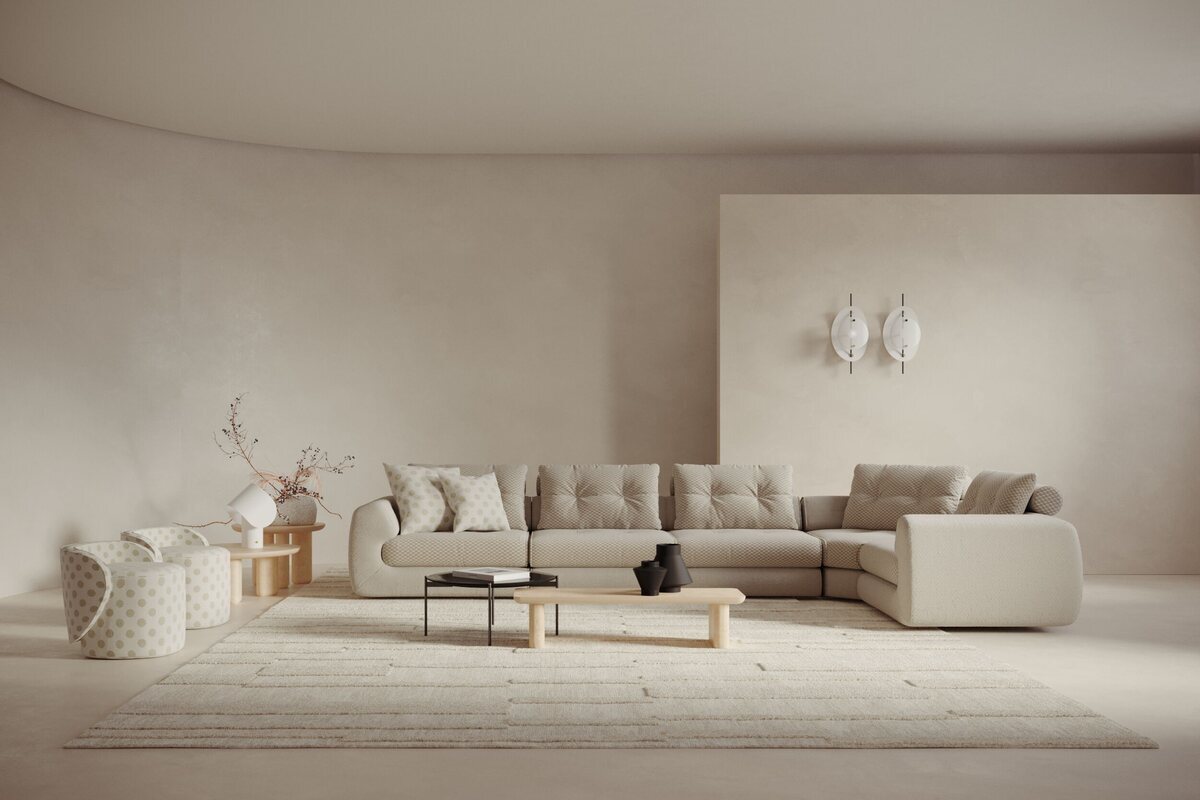
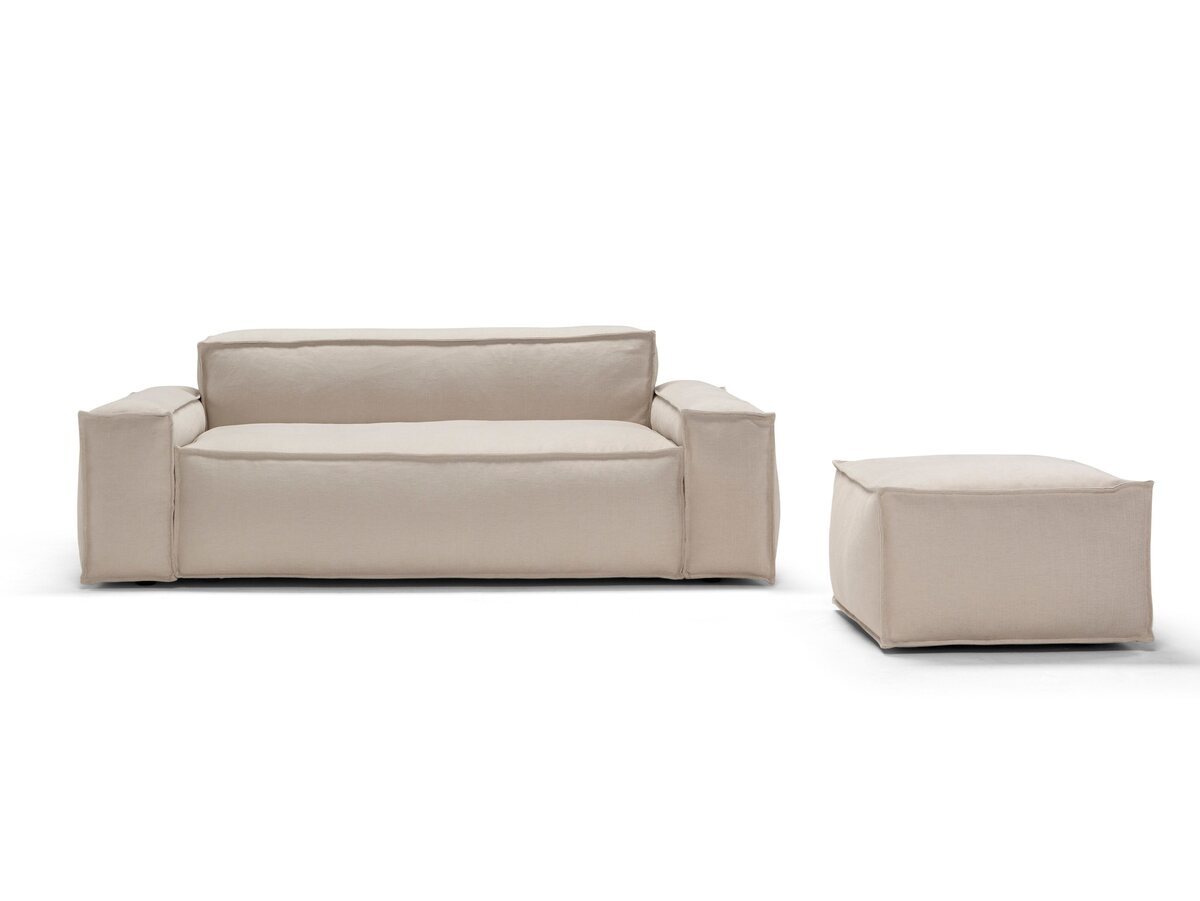
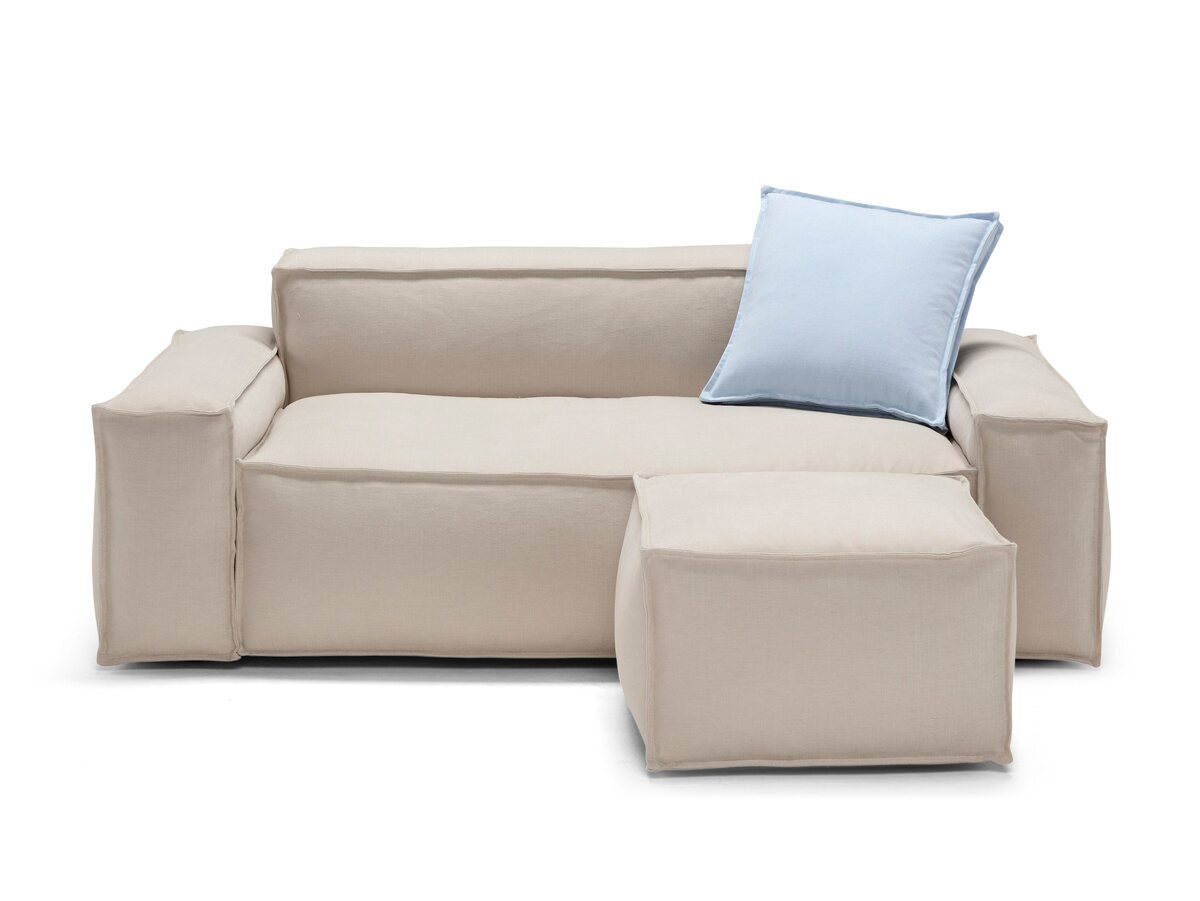
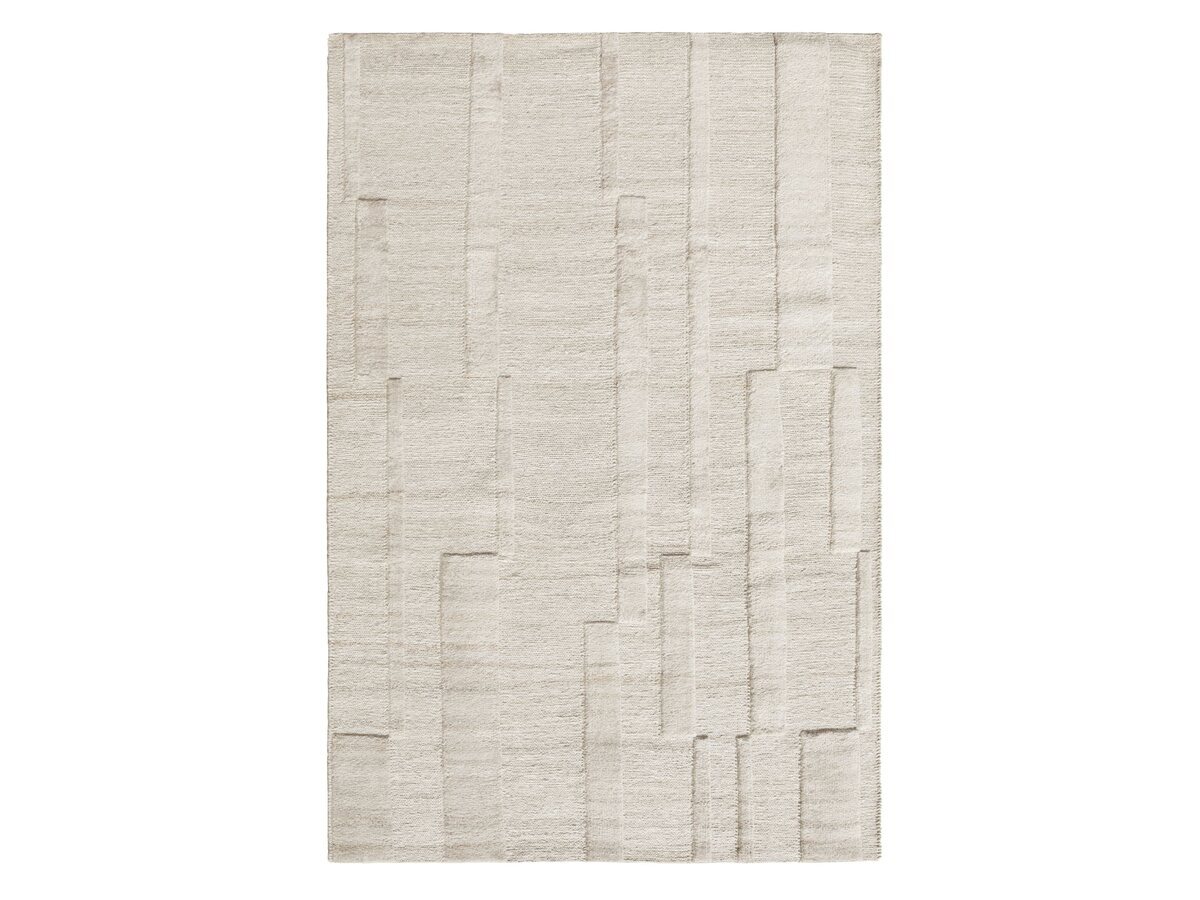
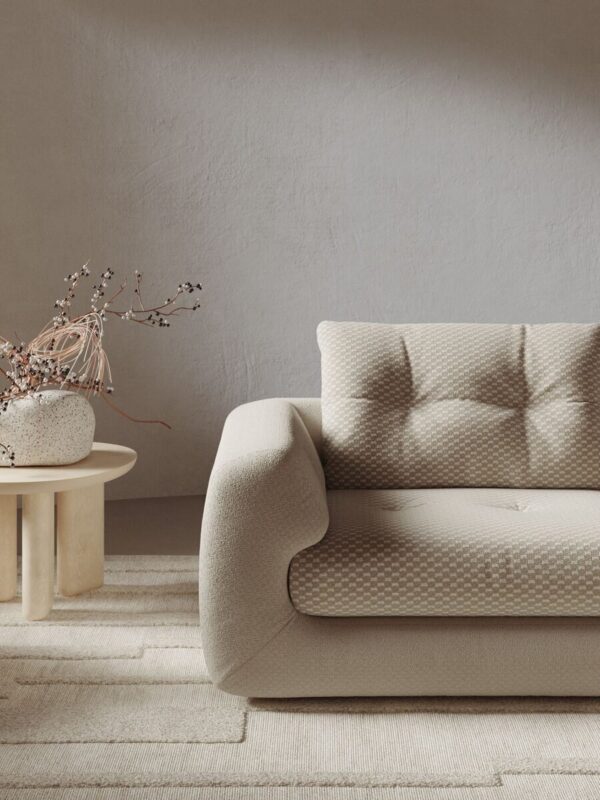
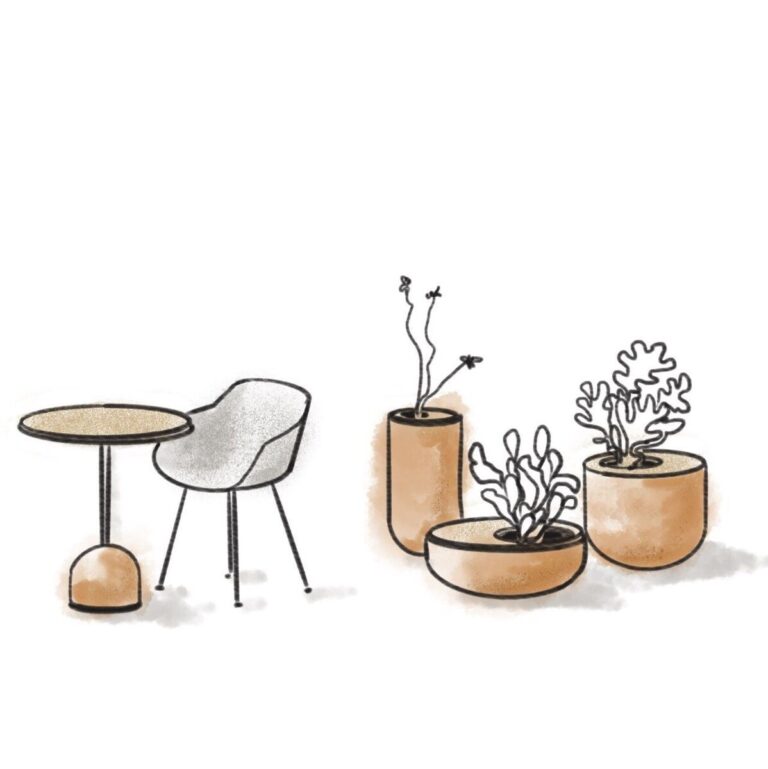
 Elementor
Elementor

3 Comments
Join the discussion and tell us your opinion.
Really helpful! I’ve been unsure about the difference between hardwoods, and now I know exactly what suits my home.
Wood type really influences feel and longevity. Thanks for explaining it in a practical way.
Same — it made me reconsider the importance of finish and durability in my next table.